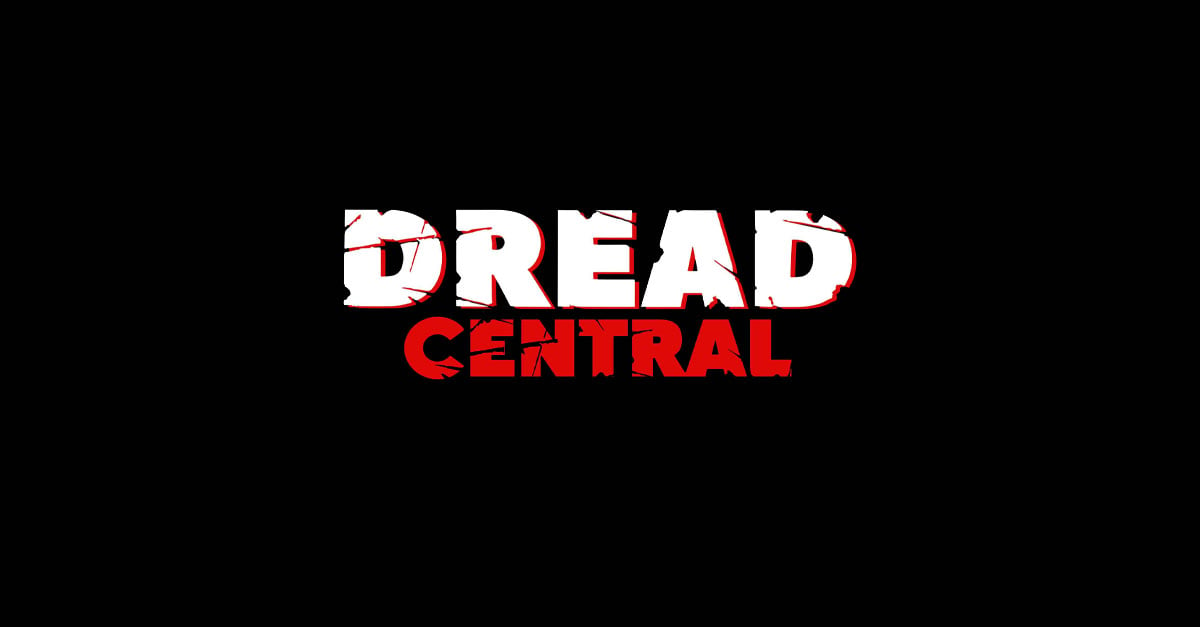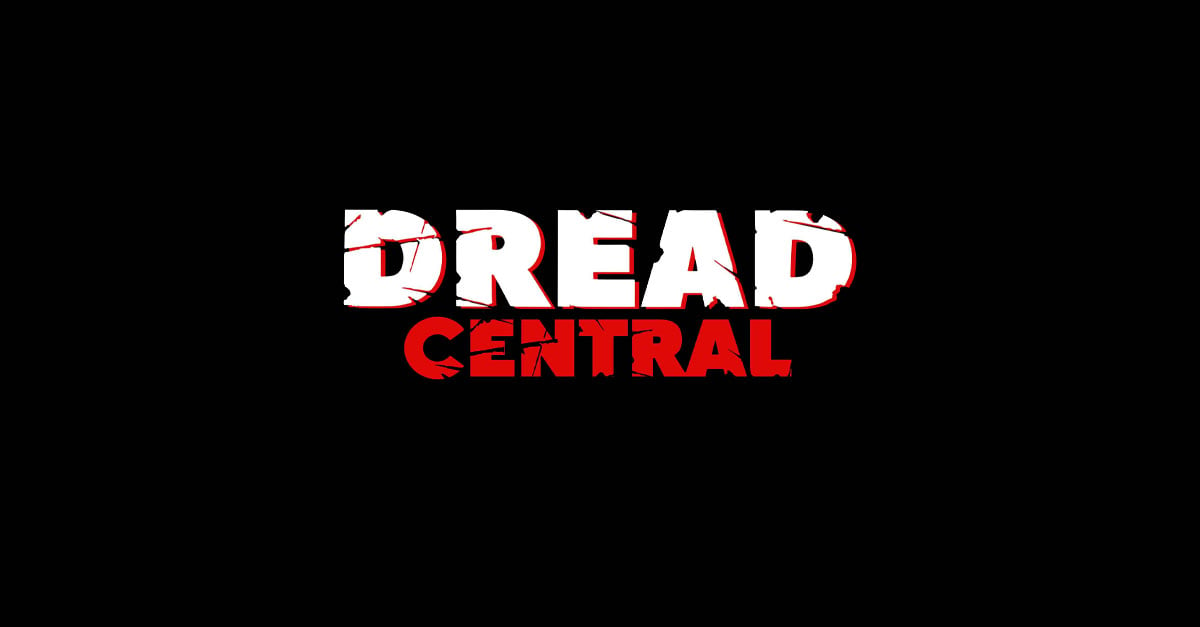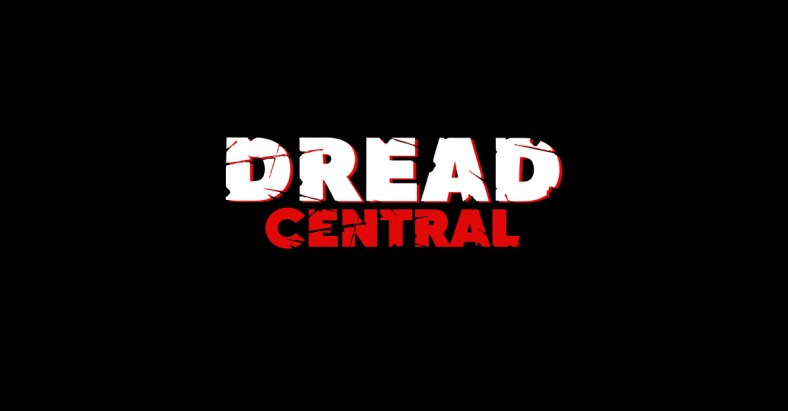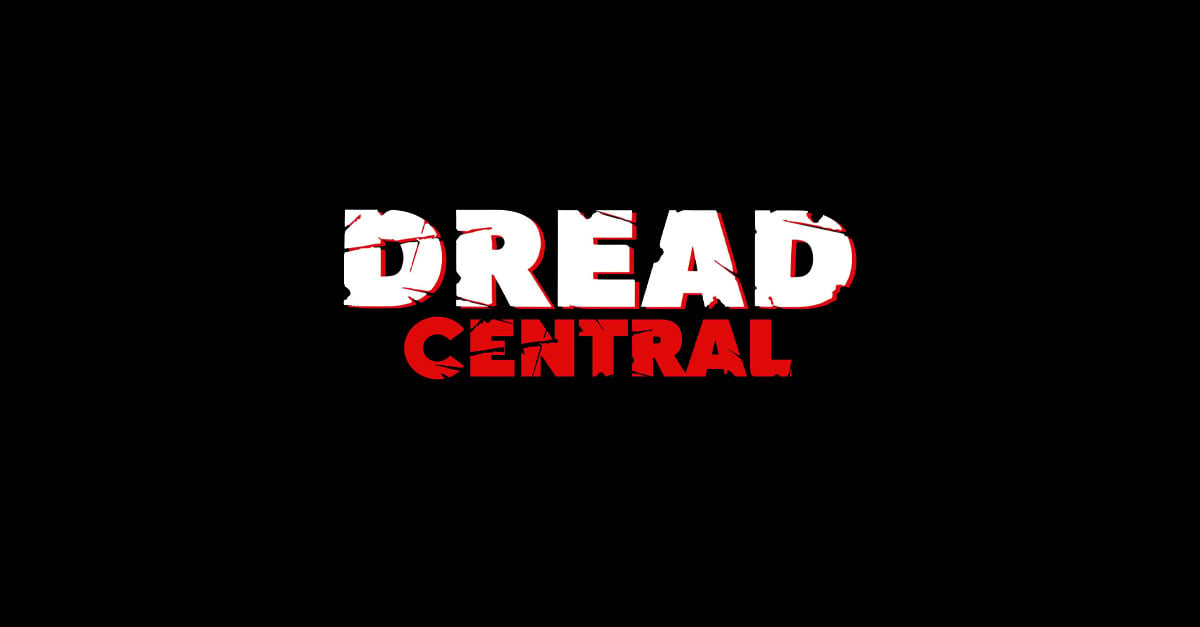Get With IT, Part 2: Emmy Winning Composer Richard Bellis Talks Stephen King’s IT


Screenshot from Bellis’ digital presentation, “Working on IT”
Related Story: Get With IT Archive
A hair dryer, a calliope (aka a steam organ), and a master cabinet maker.
If you loved the score for Stephen King’s IT as much as I did then you might be eager to know how these three things intersected and lead one musical mastermind to compose a score that would haunt and thrill horror film viewers for 25+ years…and counting.
Even after the miniseries debuted on ABC in November, 1990, Bellis’ score for IT wasn’t commercially available until November 2011 when the Oakland-based record label, Intrada Records, went all in and gave Bellis’ work the legitimate release it deserved. Presented in sweet stereo from the two-track digital scoring session masters (thanks to Warner Bros. Entertainment) Intrada pieced together a comprehensive release chock full of liner notes, stories, and fun production images from the set. Not surprisingly this special collection edition sold out FAST—but fret not, horror fans! Just last month Warner Bros. re-released the score as part of their Archive Collection Series (this time as a shorter, 1-CD release). By Halloween 2016 the score was also available to stream on Spotify. Let us rejoice!
In 1991 Bellis won the Primetime Emmy Award for Outstanding Achievement in Music Composition for a Miniseries or a Special (Dramatic Underscore) for his work on IT (Part I). Following this project he would also go on to be nominated two more times for the same award—both for Doublecrossed (1991) and again for his efforts on Double, Double Toil and Trouble (1993). And aside from being nominated in the first place (no easy feat!) it’s doubly impressive that these recognitions represent three very different film genres: horror, action, and family/comedy, respectively. The variety of genres within which Bellis has not only worked but excelled in is a true testament to his versatility and range as a composer and musical thinker.

Below are excerpts from my recent interview with Richard Bellis during which he opened up about what he was doing in the late 1980s—just before getting the call to composer the music for IT—as well as how he managed to find a musical voice for the legendary Pennywise.
John Campopiano: How did you first get involved with Stephen King’s IT?
Richard Bellis: Around 1984—even though I had scored a number of television movies—everything in music came to a screeching halt for some unknown reason. Having to earn a living, my wife and I started the woodworking business. We did a lot of rack mount cabinets and console surrounds for my musical contacts, but we also did kitchen cabinets and office conference tables. I was in my 4th year as the owner of the business when the phone call came in. The shop was in full construction mode—saws, routers, sanders all hard at work. A producer I had done several previous films for asked if I was available to score a 4-hour miniseries. I said yes. While I began spotting and starting to write my wife and our employees finished up our final cabinet installation: Jerry Goldsmith’s studio.
RB: When I started thinking about the music one of my first thoughts was Bernard Herrmann—not so much trying to emulate Herrmann’s music but instead the motivic style he often used, like motifs and ostinatos. I also needed a theme for the main title sequence. It was seldom that, on a television movie, you would have a main title sequence, but I wanted to have a strong piece of thematic material. Looking at the scrapbook in title sequence of the film, I do remember being struck by the fact that it was not like other scrapbooks, filled with happy memories. The pages were sparse and the sequence mostly in black & white.
This influenced the tone of the main title theme a great deal.

I spent some time thinking about the very first interval of this theme. Should I use a tritone? No. Tritones were way overused in this genre. Inspiration is a mysterious thing and often comes at times when it is least expected. One day, I stepped out of the shower, dried off, started the hair dryer, changed the speed and…”Wait a minute. Let me hear that again,” I said to myself. It was the interval of a major seventh. That became the first interval of my main title theme.
JC: Your score is richly textured with elements of circus and carnival music contrasted with sounds of terror and dread. Was it challenging for you to combined these different elements?
RB: My internal thought process went something like this: “What was I going to do for Pennywise? Well, he’s a clown. Duh. Clowns are in the circus. Duh. What music do I associate with the circus? The calliope. But calliope music is happy music—and the calliope is only one sound. Maybe I can stretch the idea to include a carousel which has a mechanical band of instruments: Drums, bells, cymbals. Yes, but Pennywise is evil, so does the music have to be evil too? Besides, calliope music is usually very busy—can I use this instrument as a scoring instrument or will that just be distracting? Maybe I can use it in a register lower than an actual calliope is capable of playing and just with single notes…
This mental conversation was going on constantly. I think when a composer works on any score there’s never a moment when these kinds of thoughts aren’t running through their mind: while putting gas in the car, taking the dog to the groomer, grocery shopping, taking a shower, etc. Constantly thinking, digesting, and diagnosing.
JC: Were there any particularly difficult moments for you during the process of composing music for IT? On the flip side, any memorable highlights?
RB: When we sent a video tape of the main title sequence for one of the producers and the director to see, they both hated the music. The only specific comment I remember was that the opening night want to be kind of an “overture.” There was no temp track but I think maybe the one song (Curtis Mayfield & The Impressions, “The Way You Do the Things You Do”) was in the scene when the youngsters are building a dam. It wasn’t an “overture” so the producer was not happy—and the director [Tommy Lee Wallace] has never liked the score. That was a difficult day.
Strangely, the day I finally put that theme together was one of the most enjoyable days but, of course, there were two other days that we pretty good: The recording session itself and the Emmy ceremony when I received the award. I knew this was a special piece and that I was lucky to be involved. It was exhausting and exhilarating all at the same time. It required 109 minutes of music, orchestral and electronic in 5 weeks. It is definitely one of the top ten life experiences for me.
JC: Well, it seems now is as good a time as any to ask about that Emmy win! Learning of this huge recognition must have been really exciting… What was that like for you?
RB: We had to submit the score for either Part 1 or Part 2. That was a tough decision because there was music in both parts that I liked. So, we decided on Part 1 with the kids. Eventually we received the news that it had be nominated alongside some other really good scores:
Patrick Williams
Chris Boardman
Don Davis
James Di Pasquale
RB: I think Stephen King and Tim Curry are certainly the two biggest reasons. It is popular today with people who were young and impressionable when they saw it. It was a story about young and impressionable kids—in peril.

Richard Bellis
Categorized:News
